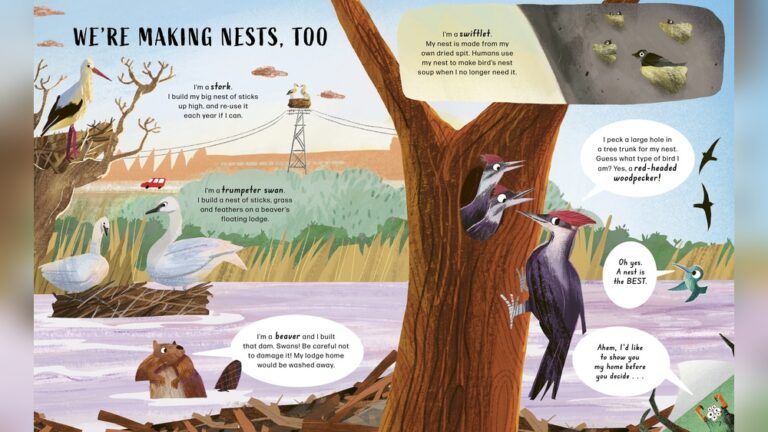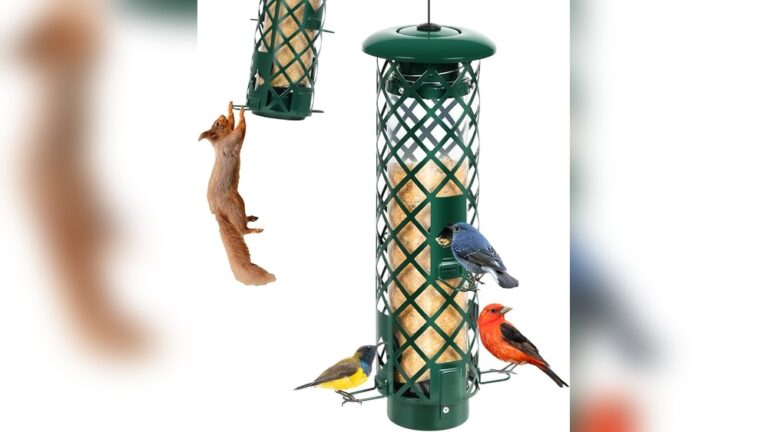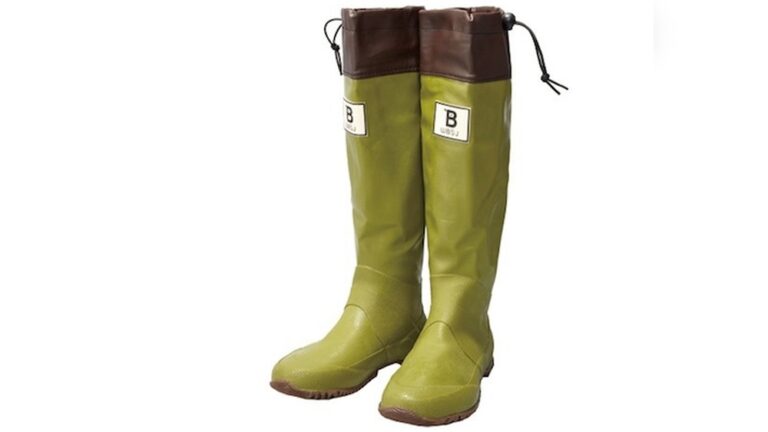How Much Bigger Are Ravens Than Crows
Have you ever stopped to wonder just how much bigger ravens are compared to crows? At first glance, these birds might look quite similar, but when you take a closer look, the size difference is surprising.
Knowing this can change how you spot them in your backyard or on a nature walk. If you’re curious to learn the exact size difference and what it means for identifying these clever birds, keep reading—you’ll discover facts that make watching them even more fascinating.
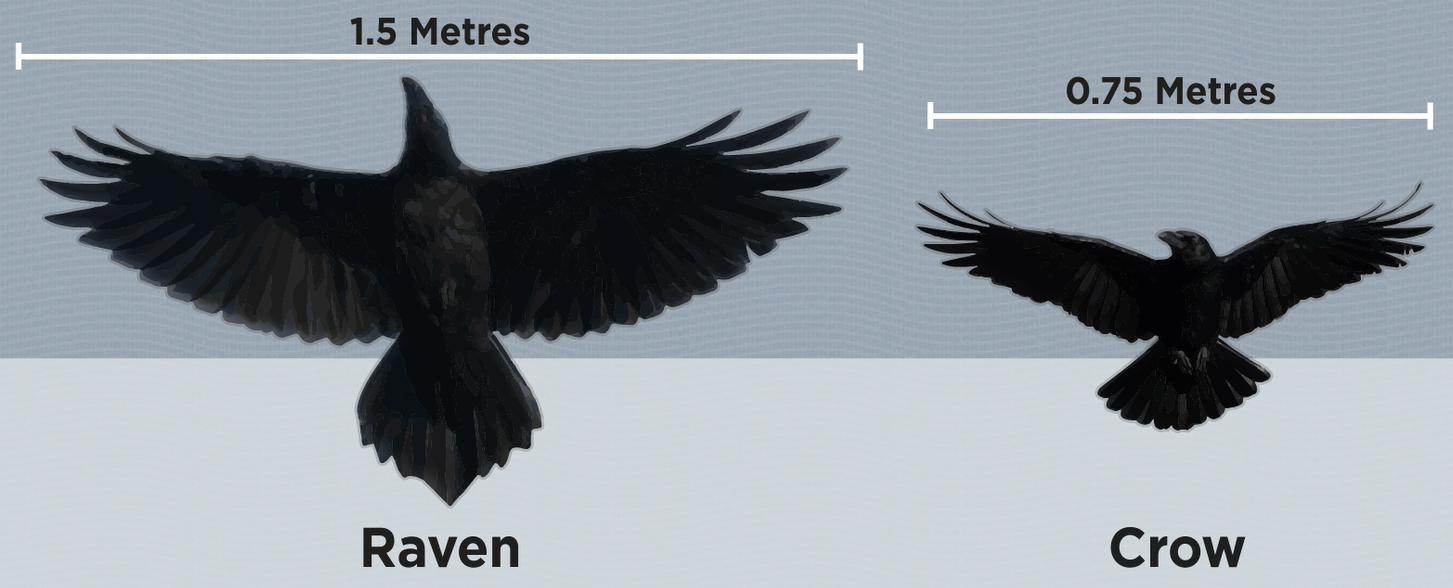
Credit: blogs.ubc.ca
Size Comparison
Ravens and crows are often confused because they look similar. Size is one of the easiest ways to tell them apart. Ravens are generally bigger than crows. This size difference helps birds and people identify them quickly.
Understanding their size helps in spotting these birds in the wild. Let’s compare their length and wingspan to see how much bigger ravens really are.
Average Length Of Ravens
Ravens measure about 24 to 27 inches long. Their bodies are strong and thick. This length includes their beak and tail. They appear large and heavy compared to crows.
Average Length Of Crows
Crows are smaller, measuring around 16 to 21 inches. Their bodies look slimmer and lighter. Their shorter length makes them less bulky than ravens. This size difference is clear when both birds are side by side.
Wingspan Differences
Ravens have a wingspan of about 46 to 54 inches. Their wide wings help them soar with ease. Crows have a smaller wingspan of 33 to 39 inches. The bigger wingspan of ravens allows longer, smoother flights.
Weight Variations
Ravens and crows look similar but differ in size. Weight is a key way to tell them apart. Understanding their weight helps you see how much bigger ravens are.
Weight affects their flight, food needs, and behavior. Let’s explore their typical weights to see the size gap.
Typical Weight Of Ravens
Ravens are quite heavy compared to crows. They usually weigh between 2.1 and 4.4 pounds. The average raven weighs about 3.5 pounds. This makes them one of the largest birds in the crow family. Their strong build helps them survive in tough environments.
Typical Weight Of Crows
Crows are smaller and lighter than ravens. They typically weigh between 0.7 and 1.4 pounds. Most crows weigh around 1.2 pounds. Their lighter weight helps them move quickly and easily in cities and forests. This size difference is easy to notice when you see both birds side by side.
Physical Features
Ravens and crows often confuse people because they look alike. Their size difference is one key to tell them apart. Physical features help us spot which bird is which. These features include their beaks, feathers, and tails. Each part has unique traits that set ravens and crows apart.
Beak Size And Shape
Ravens have bigger, thicker beaks than crows. Their beaks curve slightly at the tip. Crows have smaller, straighter beaks. The raven’s beak looks stronger and more powerful. This helps ravens eat bigger food pieces. Crows use their smaller beaks for softer foods.
Feather Texture And Color
Ravens have shinier feathers with a slight blue or purple shine. Their feathers look thicker and rougher. Crows have smoother feathers with less shine. Both birds are mostly black, but ravens’ feathers look glossier. The feather texture on ravens feels coarser than on crows.
Tail Shape
Ravens have wedge-shaped tails that look like a diamond. Crows have fan-shaped tails with straight edges. The tail shape is easy to see when the birds fly. Ravens’ tails spread out in a point, crows’ tails spread wide and flat. This difference helps identify the bird from a distance.

Credit: corvidresearch.blog
Behavior And Habitat
Ravens and crows share some habits but differ in many ways. Their behavior and habitat reflect these differences well. Understanding these can help you spot which bird you see outside.
Feeding Habits
Ravens eat a wide variety of food. They like meat, insects, and fruit. Ravens often hunt small animals or scavenge carcasses. Crows also eat many foods but prefer grains, seeds, and small insects. They often gather food in groups. Ravens tend to feed alone or in pairs. This shows their different hunting styles and social behavior.
Nesting Sites
Ravens build nests high in tall trees or on cliffs. Their nests are large and made of sticks. They reuse the same nest for several years. Crows build nests in trees or on buildings. Their nests are smaller and less sturdy. Crows often nest close to human homes. Ravens prefer quieter, more remote areas for nesting.
Geographical Range
Ravens live in wild, open places like mountains and forests. They are found across much of the Northern Hemisphere. Crows have a wider range and adapt well to cities and towns. They live almost everywhere, from rural to urban areas. This difference helps each bird find food and safety in unique ways.
Identifying Ravens And Crows
Ravens and crows look alike at first glance. Both are black birds often seen in many places. Knowing how to tell them apart helps you learn more about nature. Size is one clue, but many other signs show which bird you see. Let’s explore how to identify ravens and crows by their flight, sounds, and behavior.
Flight Patterns
Ravens have smooth, gliding flights. They often soar high with wide wing spans. Their wingbeats are slow and deep. Crows flap their wings more quickly. They fly straight with less gliding. Watch closely. Ravens twist and turn more in the air. Crows keep a steady, direct path.
Vocalizations
Ravens make deep, croaking sounds. Their calls can be loud and varied. Listen for a low “gronk” or “kraa.” Crows have a higher, sharper “caw” sound. Their calls are more repetitive. Ravens’ voices sound rougher and more echoing. Crows sound clearer and quicker.
Social Behavior
Crows are social birds. They gather in large groups called “murders.” They share food and watch for danger together. Ravens prefer smaller groups or pairs. They often hang out alone or with one mate. Ravens show more playfulness, like sliding down snow or playing with sticks. Crows focus more on feeding and calling to each other.
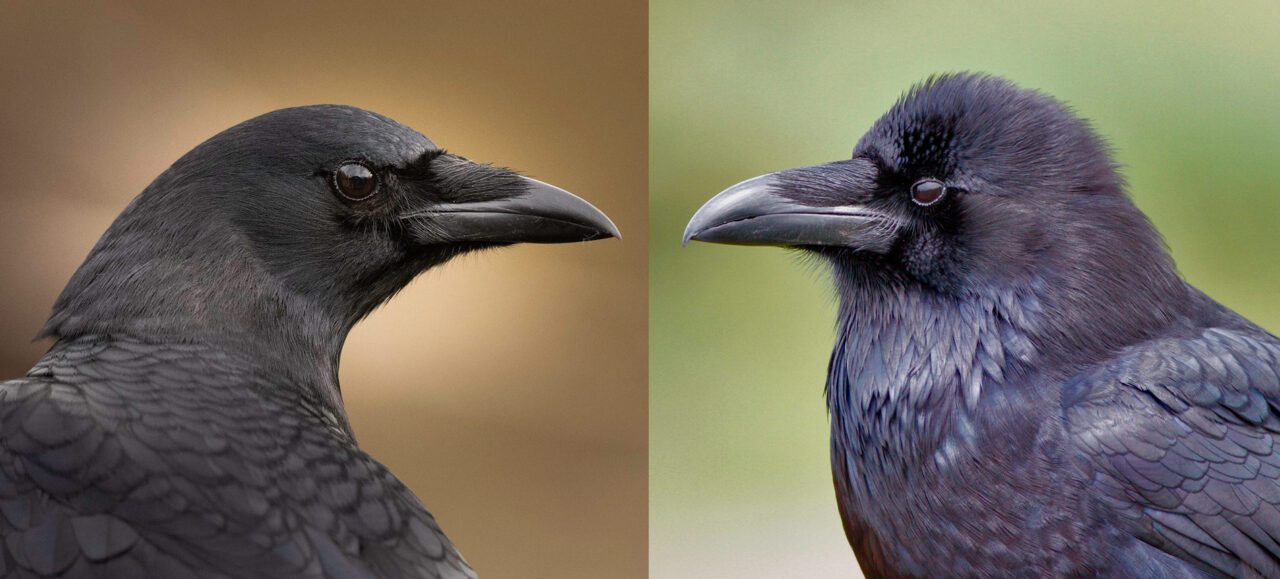
Credit: www.allaboutbirds.org
How Smart Pets Lover Can Help You with How Much Bigger Are Ravens Than Crows
Turning Curiosity About Ravens and Crows Into Learning Moments
Understanding how much bigger ravens are than crows opens up more than just size comparisons—it invites us to explore their behavior and habitats with fresh eyes. Next time you spot these fascinating birds, try observing their physical features closely. Noticing the raven’s larger wingspan or the crow’s distinct calls can deepen your appreciation for wildlife diversity.
For pet parents and animal lovers, these moments of observation are practical learning opportunities. They nurture patience, attention to detail, and a connection to nature—qualities that enrich how we care for all creatures, whether feathered friends or furry companions.
- Use size and behavior differences to identify birds during walks or backyard visits.
- Keep a simple journal of your sightings to track local wildlife patterns.
- Share your discoveries with family or community groups to inspire others.
At Smart Pets Lover, we believe every chirp tells a story worth hearing. If you want to dive deeper into bird behavior or need tips on integrating wildlife observations into daily life, feel free to reach out via [email protected]. Learning about nature’s nuances brings us closer to the animals we cherish.
Frequently Asked Questions
How Much Larger Is A Raven Compared To A Crow?
Ravens are about 25% larger than crows. Ravens typically measure 24 inches, while crows average 17 inches in length.
What Physical Features Differentiate Ravens From Crows?
Ravens have thicker beaks, shaggy throat feathers, and wedge-shaped tails. Crows have slimmer beaks and fan-shaped tails.
Do Ravens Weigh More Than Crows?
Yes, ravens weigh between 2. 5 to 4 pounds, nearly double a crow’s weight of 1 to 1. 5 pounds.
How Does Wingspan Size Compare Between Ravens And Crows?
Ravens have a wingspan of about 46 inches, which is significantly larger than the crow’s 33-inch wingspan.
Conclusion
Ravens are clearly larger than crows in size and wingspan. Their body is bulkier, and their beak is thicker. You can spot the difference by watching their flight and hearing their calls. Size helps ravens survive in wild places. Knowing these differences makes birdwatching more fun and interesting.
Next time you see a big black bird, you will know if it is a raven or a crow. Simple details tell a big story.


